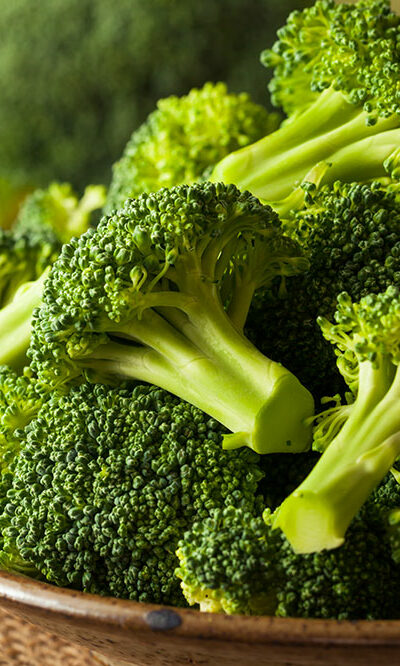
DIY vinegar and baking soda sprays to get rid of fleas on pets
Summertime is here, and so are summer outings! Our pets love being outside, running around, playing fetch, or digging dirt. While the season is great for some outdoor activities, it is also the time when fleas and other parasites may attack your dogs and stick onto their coats. This flea infestation may become a bigger problem as it gets hotter and more humid. Here are some DIY flea sprays to get rid of these fleas. Apple cider vinegar This ingredient can be used in two ways. You can either spray the solution on your fur child’s coat or give it orally to your dog. If you would like to make a spray, just add around two to three tablespoons of it to a glass of water. Pour this mixture into a spray bottle, and spray it thoroughly on your pet’s fur. This remedy keeps the fleas at bay and your dog’s coat shiny and healthy. Here’s the recipe if you want to give it orally to your dog: For every 40 pounds of your dog’s weight, add one teaspoon of apple cider vinegar to their water bowl. Repeat this process every time you refill their water bowl. Baking soda Take one-fourth cup of baking soda, add a tablespoon of apple cider vinegar, and five drops of peppermint oil before pouring two cups of warm water into this concoction. Mix this thoroughly and transfer it into a spray bottle. Use this mixture generously on your pet’s fur. Spraying enough mixture on the coat will ensure that it gets absorbed into the skin. You can simply leave the mixture on till it dries out. Make sure your dog doesn’t lick it off. Use this as many times as needed every week. Keeping some natural remedies at home is a big relief as these DIY recipes can be used to take preventive measures against flea infestation.










